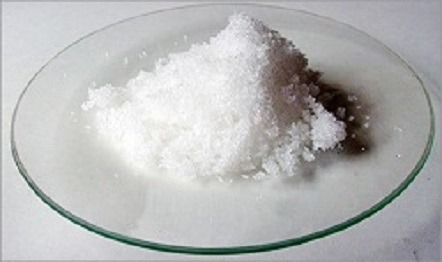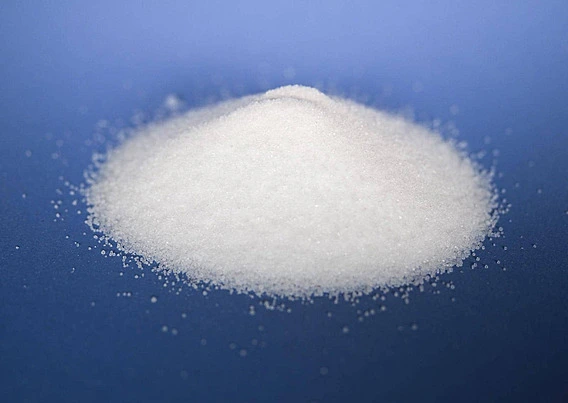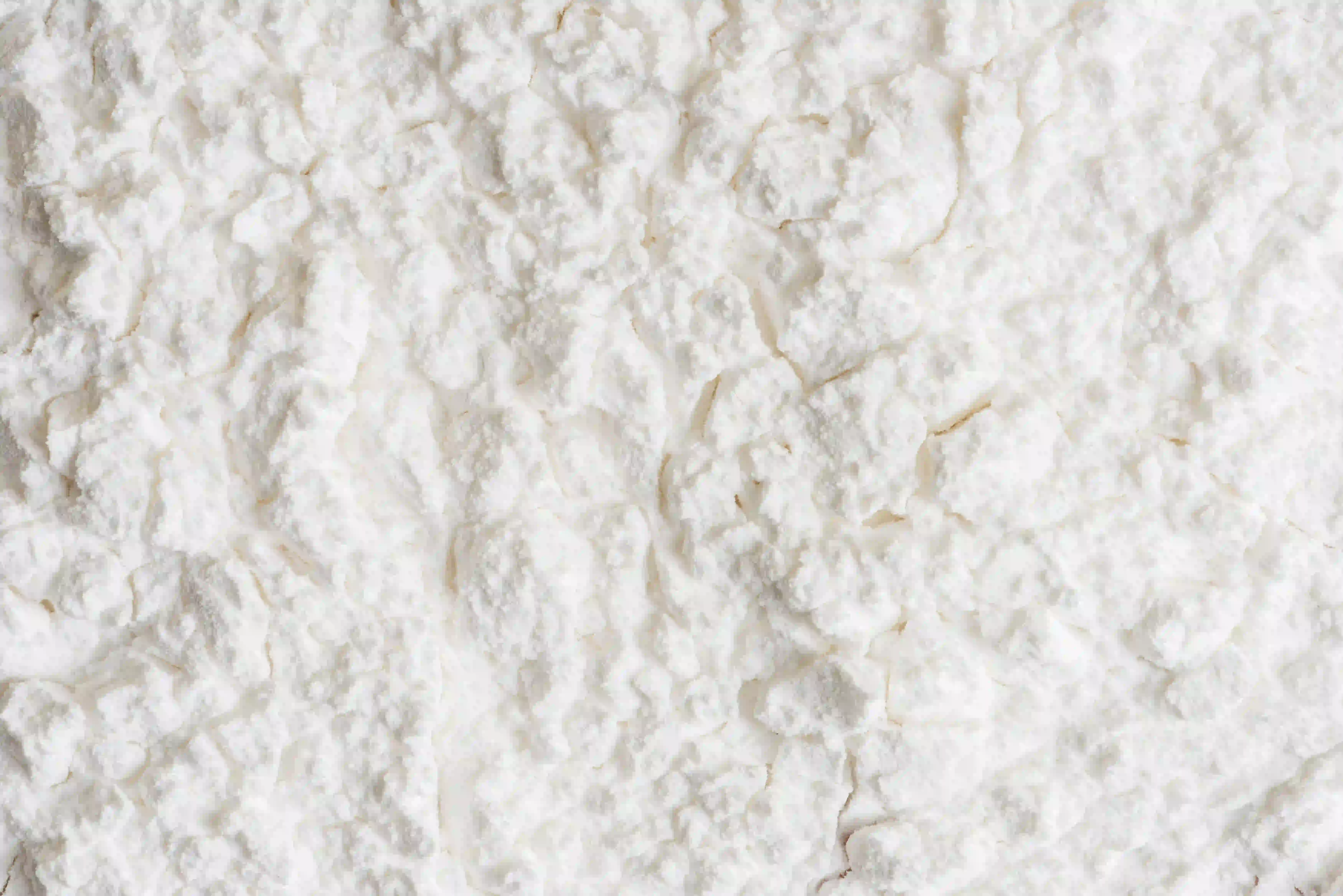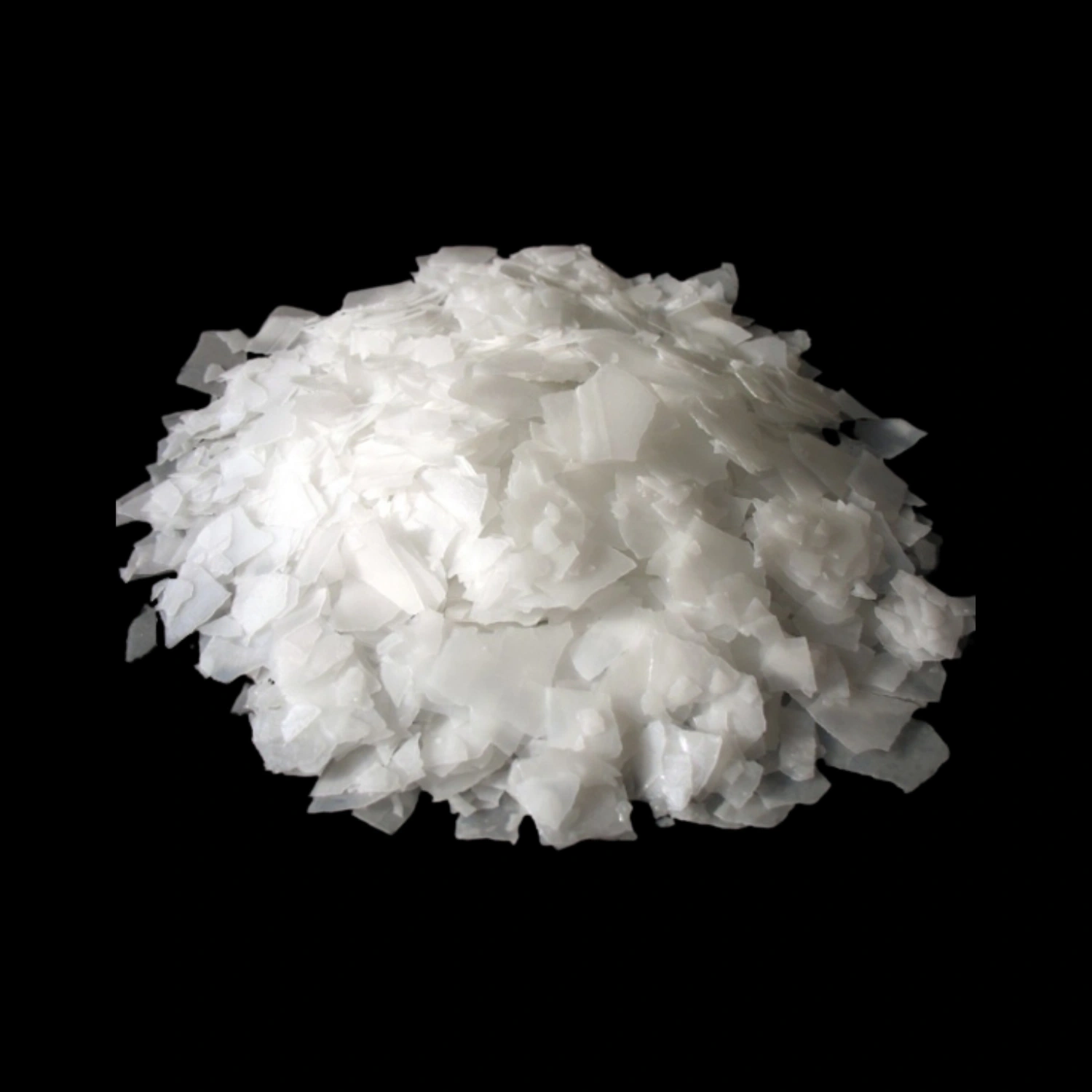Aluminium Sulfate
|
IUPAC Name |
: Aluminium Sulfate |
|
Cas Number |
: 7784-31-8 |
|
HS Code |
: 2833.22.00 |
|
Formula |
: Al2(SO4)3 · 18H2O |
Basic Info
|
Appearance Name |
: Colorless soft solid |
|
Common Names |
: Alum, Aluminium alum |
|
Packaging |
: 25 Kg PP/PE Bags |






